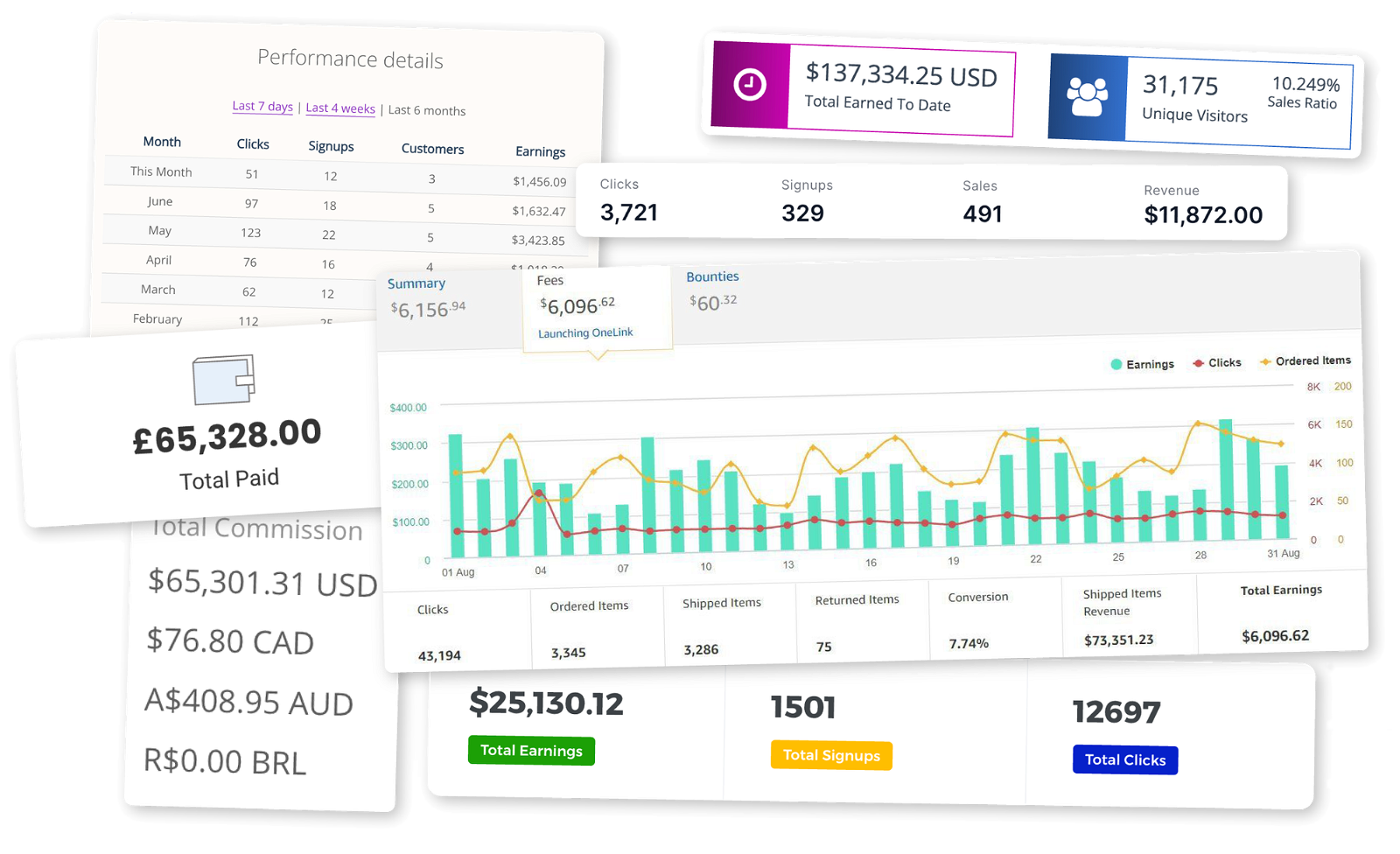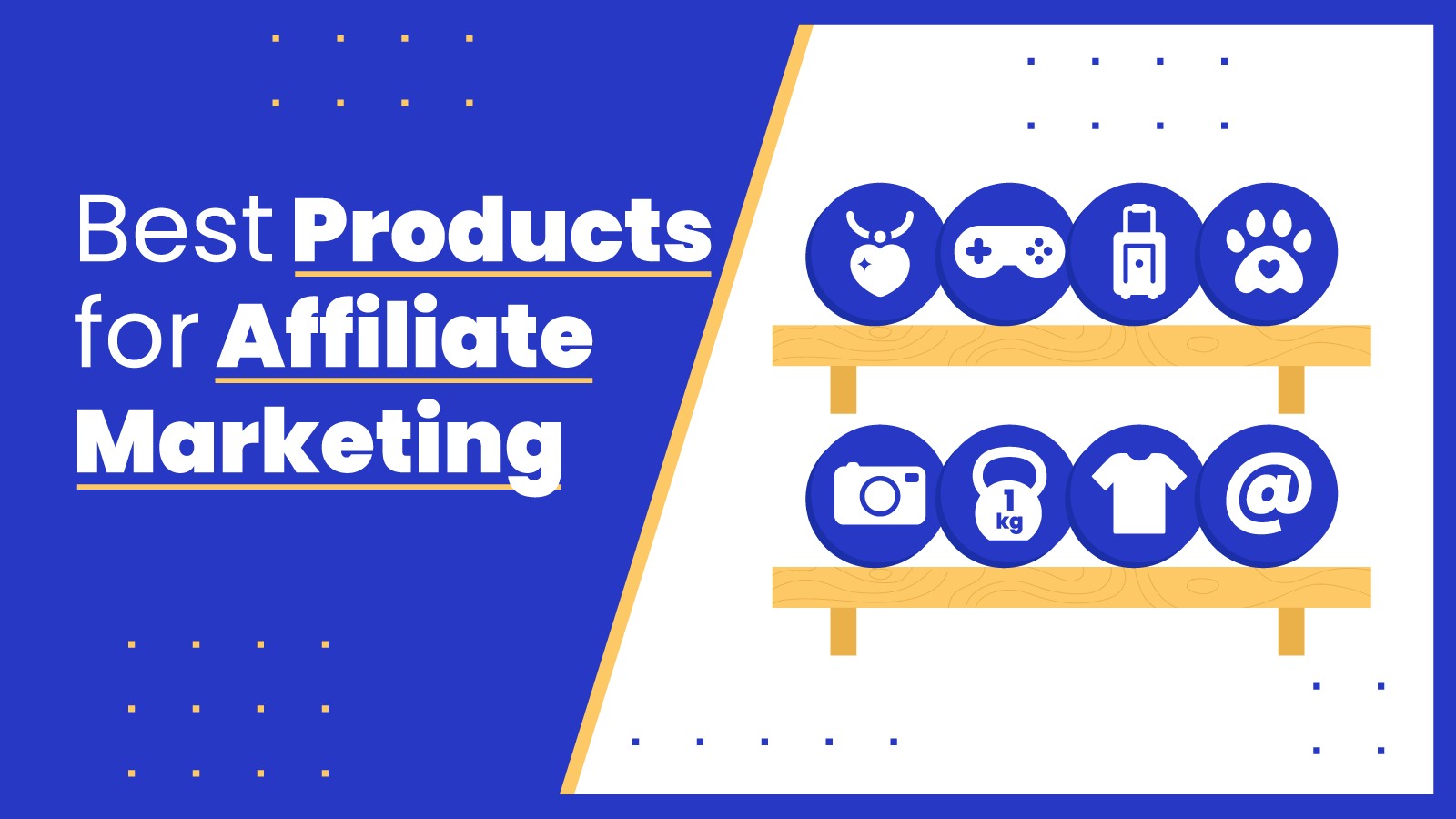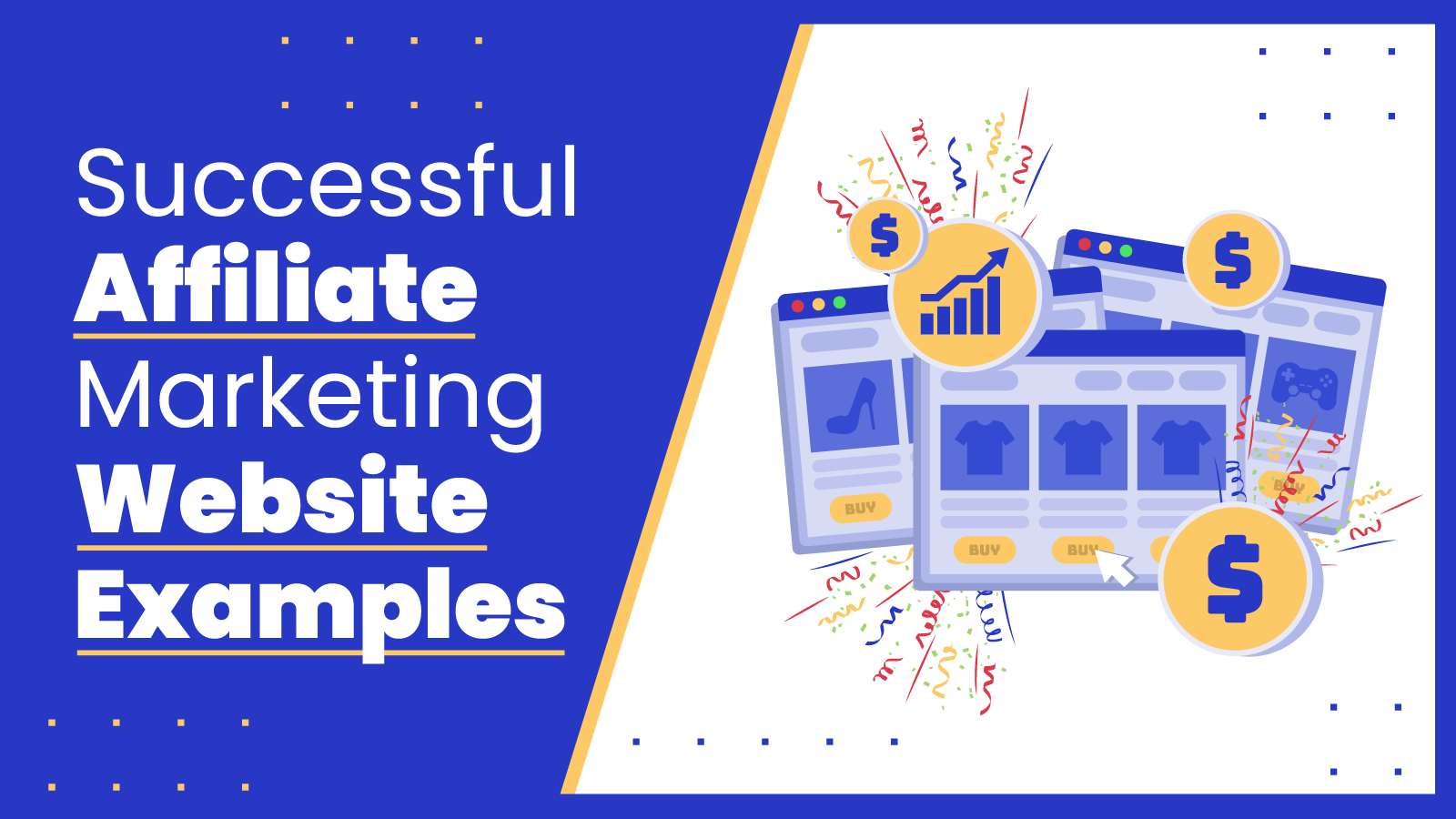Affiliate links can look pretty complex at first glance. But they’re the key to unlocking an incredible source of income.
We’ve used affiliate links to build a small empire of successful affiliate websites, earning a boatload in commissions. We’ve even sold a few of them for 6-figure payouts.

But before you can earn big money with affiliate links, you need to understand them. Keep reading to learn what affiliate links are and understand exactly how they work.
What Is an Affiliate Link?
An affiliate link is a custom URL assigned to an affiliate marketer by an affiliate program. It includes the affiliate’s ID, a specialized number or username, and tracking parameters that let the affiliate program know who sent traffic to their site. So this unique link allows the affiliate program to credit you with commissions for any conversions that result from your marketing.
Affiliate links may vary in appearance, but they generally contain common elements like this:

The ID number here is 97, which identifies you as the one who sent the visitor to that business.
If a visitor clicks your link, they’ll be sent to a page for a product or service, and if that visitor takes a predetermined action (like downloading an app or buying a product), it’s tracked back to you, and you earn money.
Let’s take a look at just how it tracks and records your marketing efforts.
How Do Affiliate Links Work?
As an affiliate, you’ll share your links online through blogs, videos or social media.
When someone clicks the link, a small text file, called a cookie, is saved on their browser. It contains data, including your affiliate information and lasts for a set period, usually between 24 hours to 90 days or longer.
If that customer converts during the cookie’s lifespan, you’ll earn your commission.

For example, let’s say you promote a tent using an affiliate link. Someone clicks on your link but leaves the website. Later, they return and buy the tent. Thanks to the cookie stored on their browser, you still earn a commission. If they returned to the site outside of the cookie window, you would not be credited with commission.
Cookie tracking isn’t perfect. It’s usually device-specific (and sometimes browser-specific), which means that if a user clicks on an affiliate link on one device or browser and then completes the purchase on another device or browser, the referral may not be tracked correctly. Additionally, if the user clicks on multiple affiliate links for the same product, the commission may go to another affiliate depending on the program’s rules for first touch or last touch attribution.
So always check your affiliate program’s cookie policy and commission rules to optimize your affiliate marketing strategies.
The Structure of an Affiliate Link
To help you better understand the common elements of an affiliate link, let’s take a closer look at an example and break down the different characters and words in the URL:
https://www.example.com/product-page.html?aff_id=12345&offer_id=67890
Here’s what the individual parts of the URL mean:
Base domain name (www.example.com/product-page.html): The web page you want to send visitors to.
? mark: A separator, indicating the start of a query string, which is used to pass data along with a URL.
& sign: Links multiple parameters together in the query string.
Affiliate parameters: Provides information about the affiliate, such as:
- Affiliate ID (aff_id=12345): The affiliate’s unique ID
- Offer ID (offer_id=67890): The product or campaign being promoted
Many affiliate links include a UTM (Urchin Traffic Monitor) string after the URL to collect additional information for analytics tools. This is data that you determine yourself and it can be very useful for optimizing your marketing strategy.
Once you’ve created a campaign with a UTM string, your link will look a little more like this:

Here’s what the different UTM parameters mean:
Source (utm_source=blogpost): Identifies the specific website, platform or search engine that sent the traffic to your link like Twitter or email newsletter.
Medium (utm_medium=content_marketing): You can use this to identify the marketing channel the link was used in such as social media platforms, cpc or organic traffic.
Campaign (utm_campaign=summer_sale): Use this to track any specific promotional campaign.
Term (utm_term=best+product): This is mainly used for tracking keywords in a paid Google Ads campaign.
Content (utm_content=buy+here): Often used for A/B testing, this identifies the specific content or element within a larger campaign that brought traffic to your website.
How To Get an Affiliate Link
Assuming you’ve found your niche and chosen a promotional platform (we recommend having your own blog or website), you can start creating affiliate links following the given steps:
- Find a product in your niche that you want to promote.
- Check if the product has an affiliate marketing program by typing “product name + affiliate program” into search engines.
- Sign up for the affiliate program.
- Once approved, you’ll receive your own unique affiliate link.
- Customize your link to add tracking parameters.
🗒️ Note: When you create affiliate links, remember that not all programs will allow you to customize the links with additional parameters. So it’s important to check the affiliate networks’ terms and conditions.
Ensure the link works and carefully copy-paste it exactly where you want to promote it. If the affiliate parameters are altered, the user will still be sent to the website, but you won’t be credited for the referral.
Now, if you need help finding products to promote, you can check out our list of the best affiliate marketing programs for beginners. Here are our top picks, along with tutorials for the sign-up process:
- Amazon Associates Affiliate Program
- CJ (Commission Junction) Affiliate Network
- ShareASale Affiliate Network
- ClickBank Affiliate Network
- Rakuten Advertising Affiliate Network
The Right Way To Use Affiliate Links
To get the best results out of your affiliate marketing efforts, follow these best practices when using affiliate links:
Don’t overuse affiliate links. Make sure you provide value and solve the user’s problem with content. Focus on affiliate link promotion where it naturally fits.
Tag your affiliate links as nofollow or sponsored to comply with Google’s guidelines.
Consider using a link shortener to avoid long and messy links. Link cloaking is not only a good way of keeping things clean, but you can also brand affiliate links and make the link destination clearer to the user.

Leverage a link management software. As an affiliate, you’ll manage numerous affiliate links for different products. Tools like ThirstyAffiliates can help you organize, manage, and track the performance of your affiliate links within the WordPress dashboard.
Disclose your links: An affiliate disclosure is a statement that informs your audience that you receive compensation from companies whose products you mention. This disclosure is required by the US Federal Trade Commission (FTC) and helps build trust with your audience by being transparent about your financial relationship with other companies.
👉 To learn more, check out this article on how to promote affiliate links.
Conclusion
Understanding what affiliate links are and how to use them is the first step in really thinking about your affiliate marketing strategy and how to optimize it.
Next up, it’s time to become an affiliate marketer. Choose a niche, sign up to affiliate programs and create content that converts.
How? Get started on the right foot by signing up to our free training.
We’ll show you everything you need to know about how to start affiliate marketing and dish out some key secrets to success on the way.
FAQ
What does an affiliate link do?
An affiliate link is a specific URL that includes an affiliate marketer’s ID. When clicked, it tracks traffic and purchases using cookies. This allows the promoter to earn a commission or reward from the advertiser for successful referrals.
Affiliate links help companies monitor, track, and improve their marketing performance, while affiliate marketers can earn money by promoting products or services to their audience.
How do you get paid from affiliate links?
When you promote a product or service through an affiliate link and someone makes a purchase, you earn a commission. This commission is usually paid out by the affiliate program through a method such as PayPal or bank transfer. The specific method of payment depends on the affiliate program.
How do commissions work in affiliate marketing?
In affiliate marketing, commissions refer to the payment that an affiliate earns for promoting a product or service. The payment structure for affiliate links can vary depending on the affiliate program. Some common payment structures include pay-per-click, pay-per-sale, and pay-per-lead.
With pay-per-click, affiliates earn a commission for every click on their affiliate link, regardless of whether a sale is made. With pay-per-sale, affiliates earn a commission only when a sale is made through their affiliate link. With pay-per-lead, affiliates earn a commission when someone completes a specific action, such as filling out a form or signing up for a trial, through their affiliate link. The commission rate and payment structure vary by affiliate program
How do I get an affiliate link?
To get an affiliate link, you must first join an affiliate program and be approved by the merchant. Once approved, you can access your dashboard to find available affiliate links. The process for creating and obtaining an affiliate link may vary depending on the affiliate network. Once you have your affiliate link, you can add it to your website content to promote the merchant’s products or services.
How do you tell if a link is an affiliate?
There are several ways to determine if a link is an affiliate link. You can look for a disclosure on the page or check for the words “promoted” or “ad” alongside the content on social media. You can also look for specific characters in the URL, such as “aff”, “rid”, “ref”, or “refid”. Additionally, you can check the page’s source code for any clues. If you see a cloaked link, it is likely to be an affiliate link.








